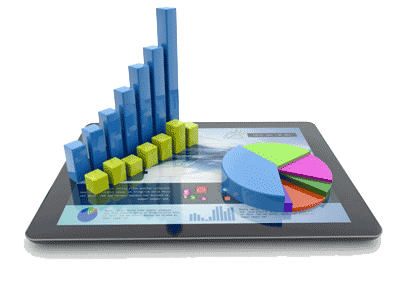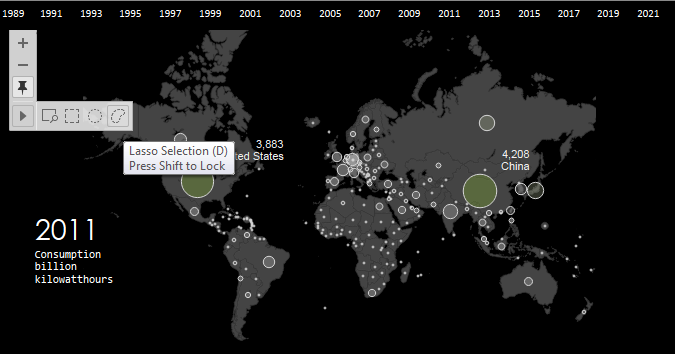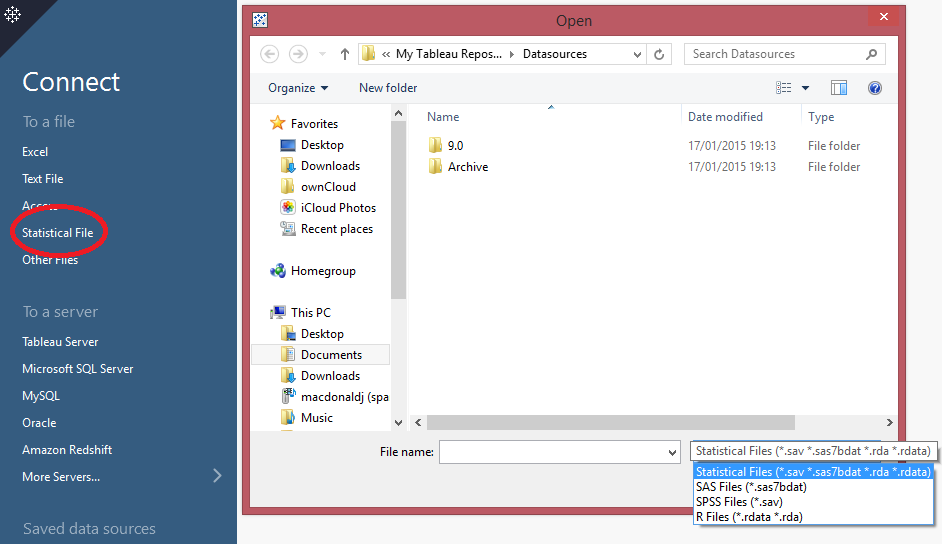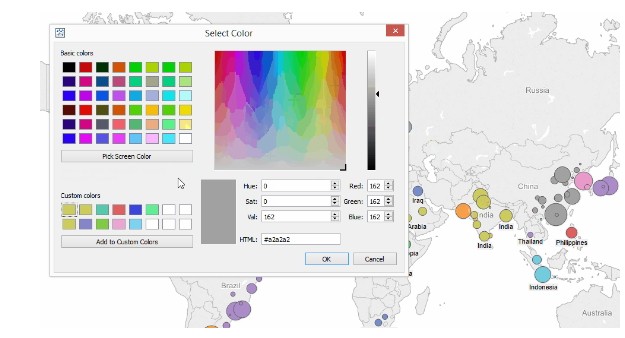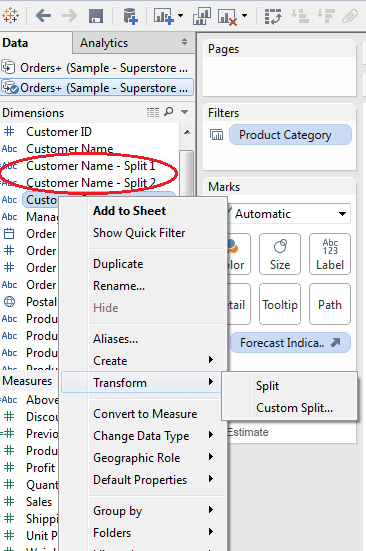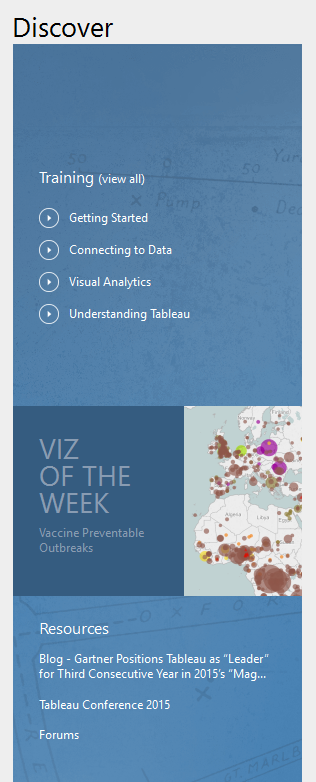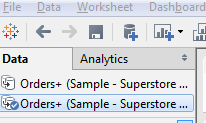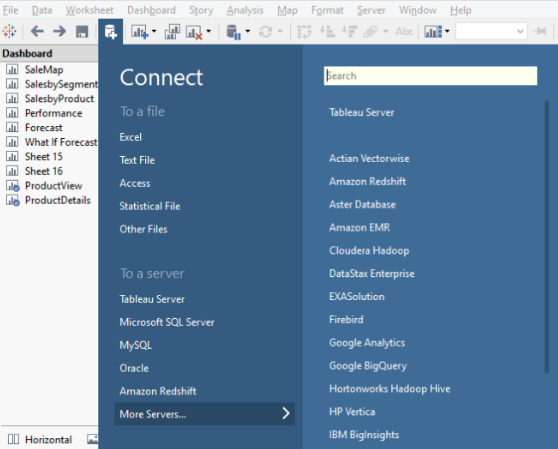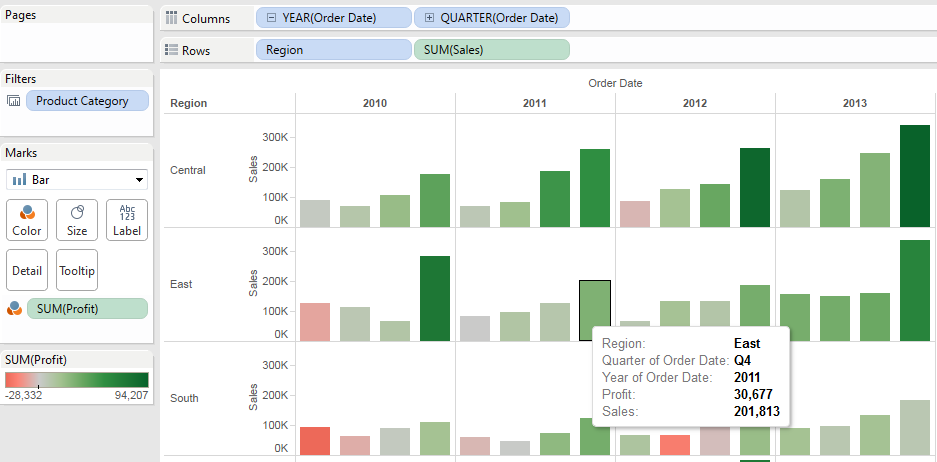Top Benefits of Workflow Management Software
Workflow Management Software
Workflow management software is also known as Business Process Management software (BPM). It is a powerful platform that can be used by any industry across all the departments in an organization whether in the telecom, retail, eCommerce, pharma, or professional service industry.
BPM software helps you with the measurable difference in working efficiency. Well-designed scenarios, built on a strong BPM software platform allow organizations to improve their business processes.

Here are some important Benefits of using Workflow management software for the organization
- Workflow management software helps identify and minimize unwanted processes and steps in your Business.
- It helps you to modify the order and make the process more efficient. You can run multiple processes in parallel.
- You can simply assign tasks and they can be designed as per a particular individual based on specific skills to perform tasks.
- With the use of BPM workflow software, management can easily concentrate on strategic Business activities, rather than everyday operations including task allocation and monitoring its daily progress.
- Workflow software helps to eliminate paperwork, reduces wastage, and saves time.
- It improves Business visibility. The real-time tracking feature allows employees as well as executive members to quickly check the status of ongoing activities. It allows viewing of critical processes at each point so that it is easy to identify the errors and smoothen the end-to-end Business process.
- Workflow management software ensures all the defined processes are completed and followed properly
- As Workflow processes are linked to a database, it keeps all the records of what occurs in the system. As who, what, and when the actions were performed.
Bista Solutions has implemented Workflow (BPM ) Software for major industry leaders, We are Gold Partners of ProcessMaker which is the world’s #1 Open Source BPM Software. To Request Free Demo of ProcessMaker email us at sales@bistasolutions.com or call us at USA: +1 (858) 401 2332







